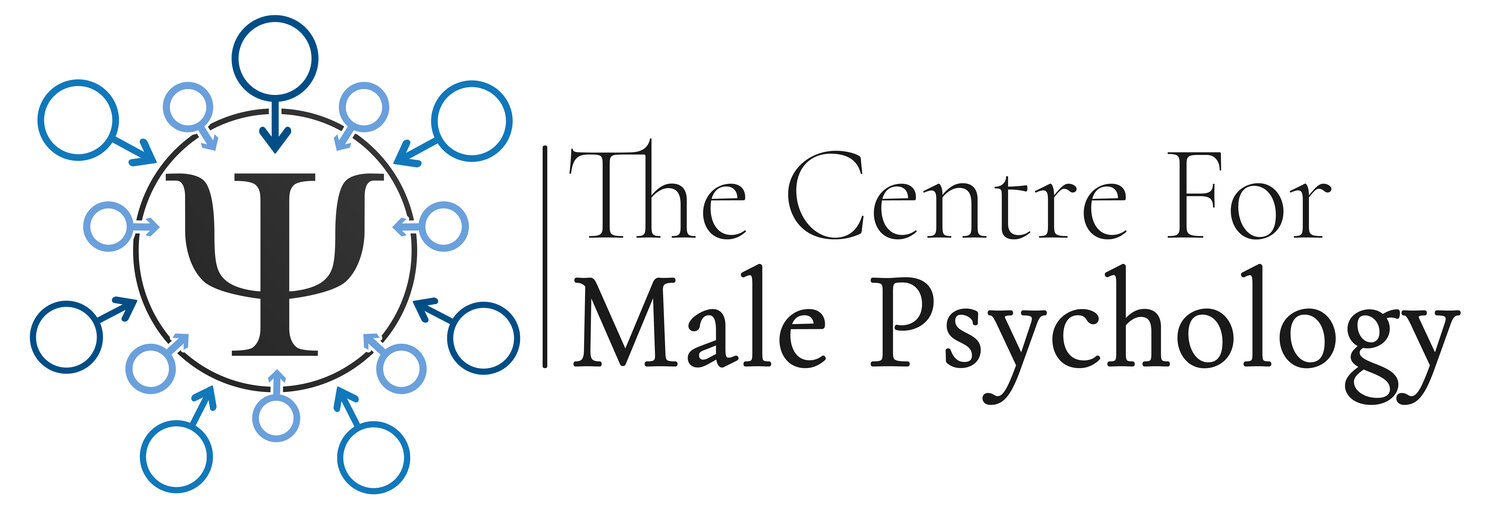A guide to counselling male military personnel and veterans
The nature of military operations requires that men learn to suppress certain emotional responses (fear, disgust, etc.) in order to stay engaged in difficult or dangerous circumstances until the job has been completed. To prepare personnel for such service, values and behaviours associated with a traditional hyper-masculine gender role are reinforced for members in a stoic warrior culture of the military.
This enculturation, although useful under operational conditions, can inadvertently reinforce help seeking avoidance and fear of stigmatization for military personnel coping with operational stress injuries or other mental health challenges. The need to maintain the appearance of stoic competence may make it more difficult for these clients to enter counselling.
Making counselling culturally safe for military clients calls for clinicians to embrace the strengths inherent in traditional masculine gender roles and military cultural norms, while helping clients break free of the code of silent stoicism that isolates them when they are in pain. Therapists are in an ideal position to help Veteran clients rewrite the rules of military masculinity, to recognize the “battle for the heart and mind” through therapy is valid, courageous and a sign of strength.
In order to sensitize professionals for practice with this population, our chapter in the Palgrave Handbook of Male Psychology and Mental Health presents case examples to contrast military masculine gender role norms, with how mental health challenges are framed as disorder. It further considers how traditional masculine role narratives may influence the experience of mental health challenges, as well as treatment uptake and engagement. Our handbook chapter is intended to expand a practitioner’s cultural competencies by examining the role of gender in informing therapeutic work with military-connected clients.
“traditional therapeutic approaches are not well-suited, and fail to work. Consequently, help-seeking veterans remain more likely to drop-out or to not engage with the usual therapeutic process”
Of prominence is that hyper-masculine gender norms are typically embedded within military institutions, and while adherence to these norms can contribute to combat and military success, they conversely make clinical work challenging.
Veterans may possess values and beliefs that run contrary to typical therapeutic models that rely on emotional self-disclosure and self-reflection. Thus, even though practitioners may be well-intentioned and seek to address the burdens veterans can assume with respect to their experiences, there may be an immediate realization that traditional therapeutic approaches are not well-suited, and fail to work. Consequently, help-seeking veterans remain more likely to drop-out or to not engage with the usual therapeutic process.
Different approaches and interventions are needed in order to address this issue, and developing an effective model for practitioners to navigate these challenges ensures veterans seeking support receive adequate and appropriate therapeutic help.
By capitalizing on adopted characteristics, such as the courage to engage in therapeutic work and mastery of one’s emotional experiences, practitioners can begin to engage and to promote change for veteran clients.
It is evident that working with military-connected clients requires cultural sensitivities, which can subsequently be applied to individual or group counselling contexts.
This article was first published on the Male Psychology Network website in 2019
Scroll down to view comments
Disclaimer: This article is for information purposes only and is not a substitute for therapy, legal advice, or other professional opinion. Never disregard such advice because of this article or anything else you have read from the Centre for Male Psychology. The views expressed here do not necessarily reflect those of, or are endorsed by, The Centre for Male Psychology, and we cannot be held responsible for these views. Read our full disclaimer here.
Like our articles?
Click here to subscribe to our FREE newsletter and be first
to hear about news, events, and publications.
.



























